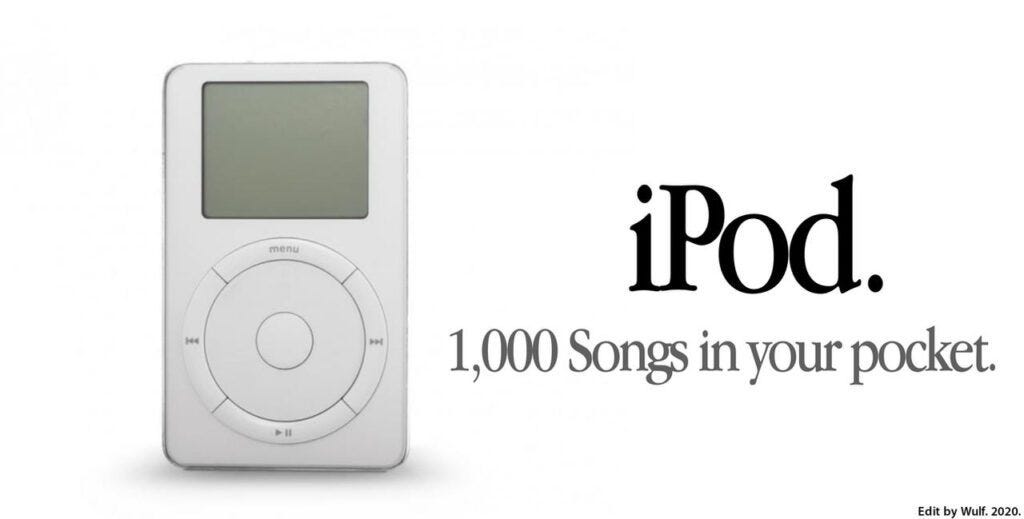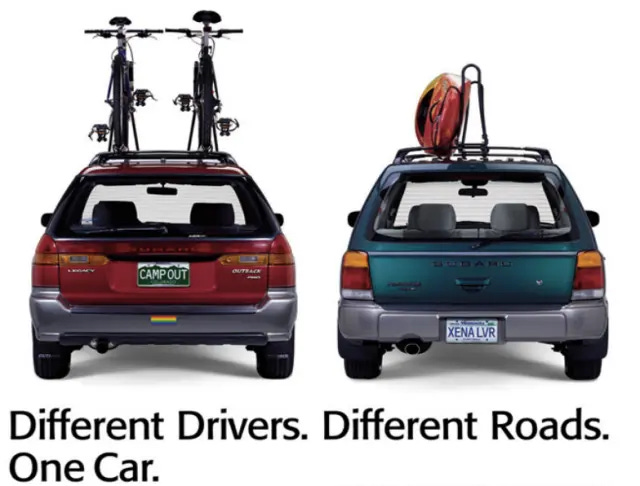For Starters #37: Show Your Customers Their Own Reflection
Every time I’ve been to Cloudgate, it’s been absolutely packed with people trying to get exactly the right selfie of their reflection in the sculpture. Flickr has an entire gallery just of this.
A couple years back, I worked with this fantastic intrapreneur that noticed customers were continually struggling with an existing software product. It wasn’t hard for her to notice - her job was to field the support calls.
We initiated a small research effort to understand what specifically the customers were struggling with and better diagnose the opportunity.
To our surprise, the product’s features and functionality were not the problem.
Everything customers wanted was there, unfortunately, it was hidden.
Hidden behind internal language and internal organization. Not the language of the customers, therefore customers were reaching out for human support (my founder) more often than we hoped for.
The opportunity was not in a new product or even a refreshing the product, it was simply in changing every label, every word, into the words customers’ use.
“Organizations which design systems are constrained to produce designs which are copies of the communication structures of these organizations.” — Melvin E. Conway, How Do Committees Invent?
Jeff Koons is one of the most commercially successful sculptors of our time. I’ve been provoked by Jeff Koons’ work for nearly three decades. He’s amazing at tapping into the familiar - especially a nostalgic familiar, and a kitchy familiar.
Whether childhood toys, pop culture references, or literal readymades, the common thread through Koons’ work is reflecting the viewers’ vocabulary back at them.
Often, it’s more than just vocabulary, as many of Koons’ work includes mirrors, polished stainless steel, and actual gazing balls - the viewer literally sees themselves in his work. #selfie
Around the turn of the 21st century, mp3 players were marketed on some combination of battery life and hard drive size and physical dimensions. For a fairly new category, consumers didn’t really have an accurate reference point for what any of those things meant for actual usage.
Apple’s marketing stood out because it was in language consumers did have a reference point for - songs.
The same is true in today’s pricing, packaging, and marketing of SaaS products.
Decades after the iPod ad, I still see many pricing pages referencing storage volumes, arbitrary credits, arbitrary number of API calls, and other internal attributes customers have no reference point for.
Overall, it suggests people behind the product are playing defensively against internal technology limits rather than offensively toward valuable customer outcomes.
This is where just enough customer research comes in.
Research focused on seeing the product through the eyes of your customer. Research that so looks like listening.
So we can reflect the struggles back to them, in their own words.
All through their experience with the product - from the marketing through sales and into long-term use.
“In a sense, all Subaru did was notice a group of customers and create ads for them. But that was a big deal. Subaru’s ad campaign acknowledged a group that often felt unwelcome and invisible.” - Alex Mayyasi
Is the language on your pricing page your customers’ or your engineering team’s?
Let’s make sure it’s your customers’.







